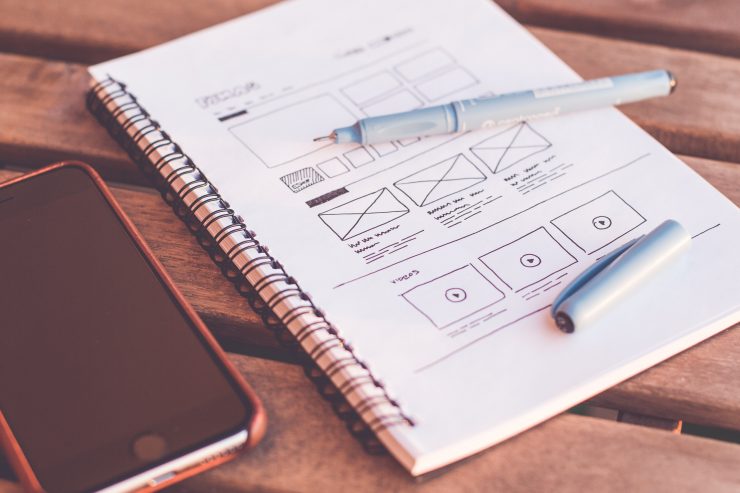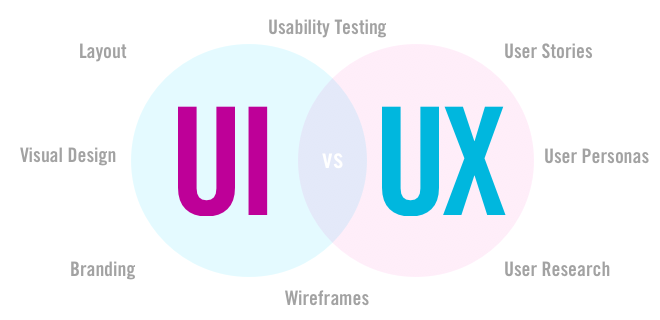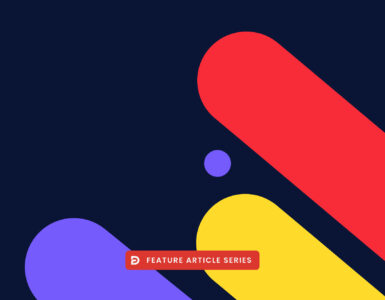While UX design is an exciting field thats in high demand, that doesn’t necessarily mean that it's the right career choice for everyone. Before you start working towards a job in this field, it's important to first learn the commitment you will be making to get the training you’ll need to succeed.
How do you become a UX Designer?
As will be covered in this guide, there is no one correct process for becoming a UX or UI designer. Like most field, people land jobs in different ways. Some choose to pursue fine arts degrees or design-oriented educational programs. Others start in other creative fields. No matter which of those two paths you choose, you’ll need a portfolio with enough pieces to prove your design abilities in order to have any chance at landing a job as a UX designer.
If you do not have prior experience as a UX designer, you’ll want to try to land an entry-level position first, possibly as a front-end developer. From there, you can practice your skills and prove your abilities, allowing you to work your way towards a full design position.
Before you can even start applying for those entry-level positions, there are a few things you need to do first.
Start by considering your existing skills
No matter what career or educational background you come from, you likely have at least a few of the skills you’ll need to land a position as a UX designer. Maybe you worked in some sort of creative position in the past, and have artistic or design skills. But even if you didn’t have a career that could be considered creative, you might have experience in advertising, in figuring out how to improve current operations, or in processing data and using technology that would aid you in a UX design position.
Skills and hobbies alike, if they relate in any way to design and technology, may be useful in helping you land a position as a UX designer.
Where could I be working?
Where you’ll work as a UX designer depends on your own career goals. UX designers are in demand in corporate positions at large businesses, as well as at small or medium sized businesses. Startups are constantly looking for new artists to join their teams. You could also work at a design agency, which would mean working on projects for a variety of businesses. If you’re looking for more freedom, you could even become a freelance designer.







Hey, great article! It’s true being a UX designer comes with many challenges- at Polidea our Creative Team knows it best.
If you want to learn more about the whole product design process, Design Thinking or User Centered Design go to our article: https://www.polidea.com/blog/Design_Process_The_Way_To_Go/
Hey Ula, glad you appreciated the article, thanks for sharing your resource too!
Watch for more upcoming posts on UX and how to get into the field in the coming weeks and months.
This is interesting! For us, when it comes to becoming a UX designer, we have found that many people actually land in the field by starting as researchers or anthropologists. This gives a lot of value to their work as they are taught how to talk with people / listen them and learn what are their needs. For sure where you start will defined where you land, so at the beginning they can be more focused on analytical phase, but then goes to designing along with acquiring experience. What do you think about this?
An informative guide for the new-comers in this industry like me. I was confused if I choose the right industry, what is the scope of UI designer in future.
Now I think, I am on right track. Thank you!
Yes, user experience research is key as it gives a lot of value to end users. Even with video, without knowing what a viewer needs to get out of the video they’re watching, a producer won’t know how to speak to a viewer’s needs.